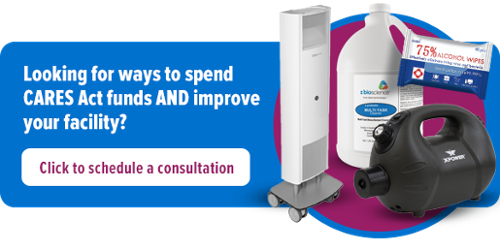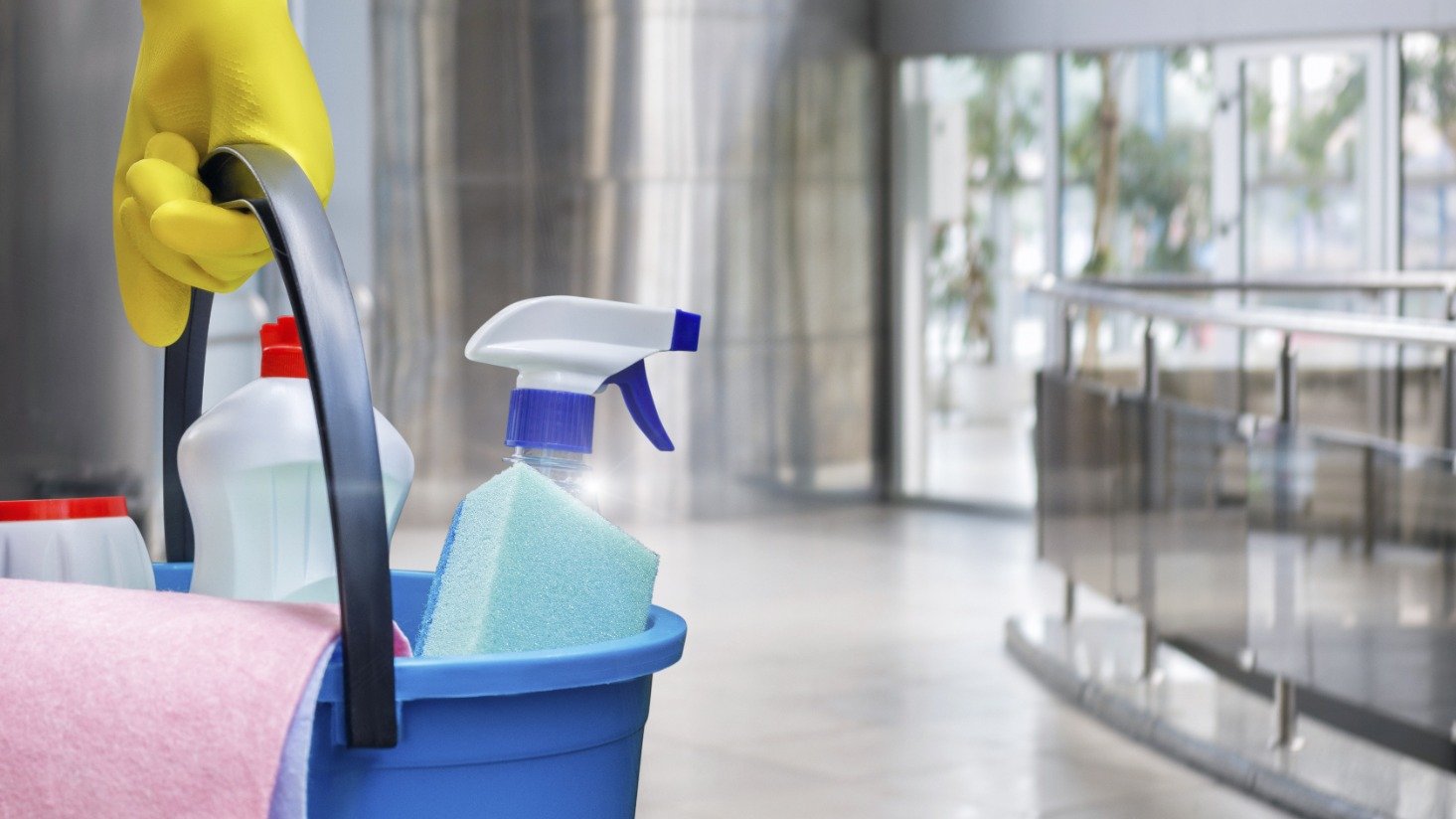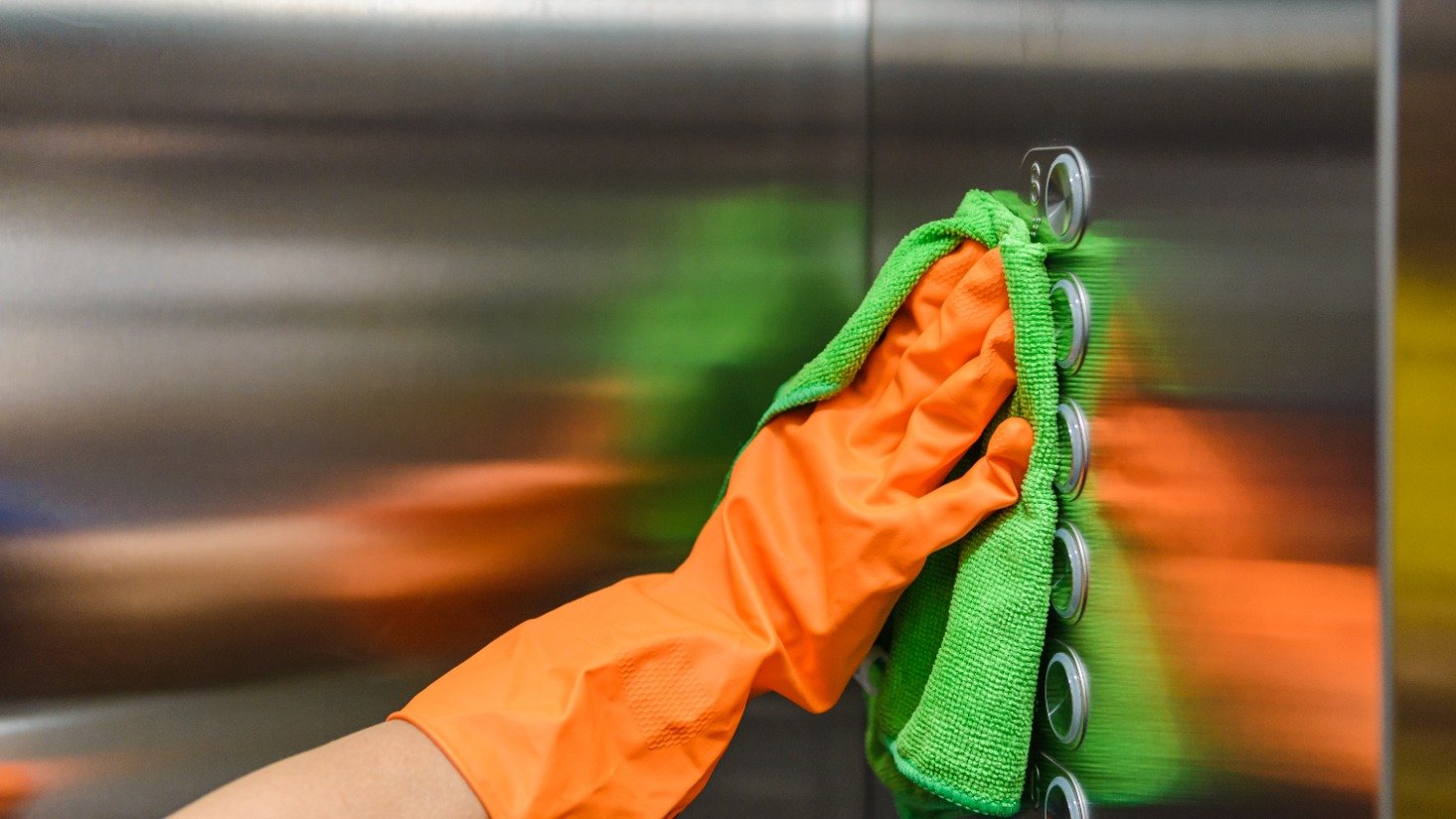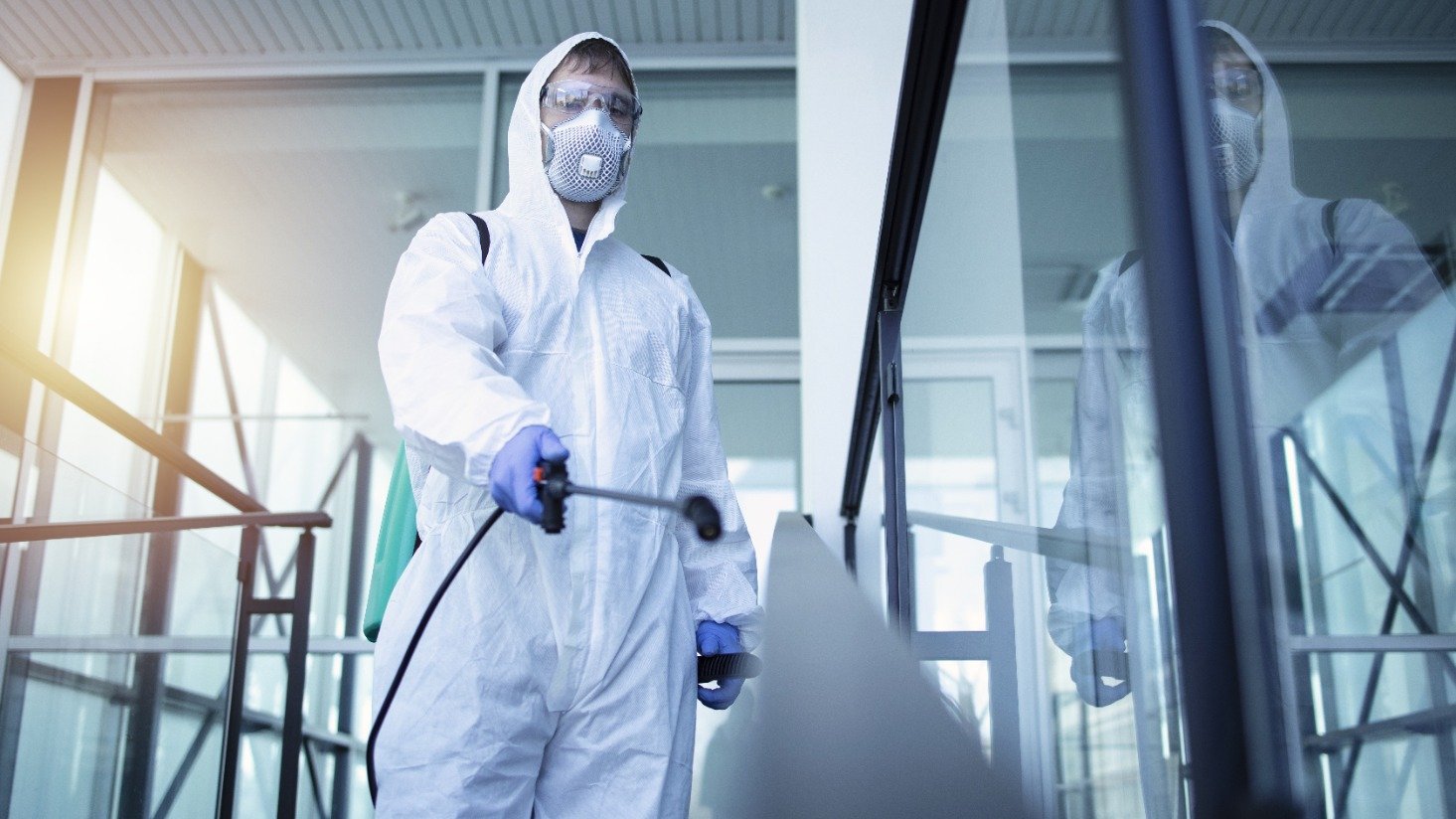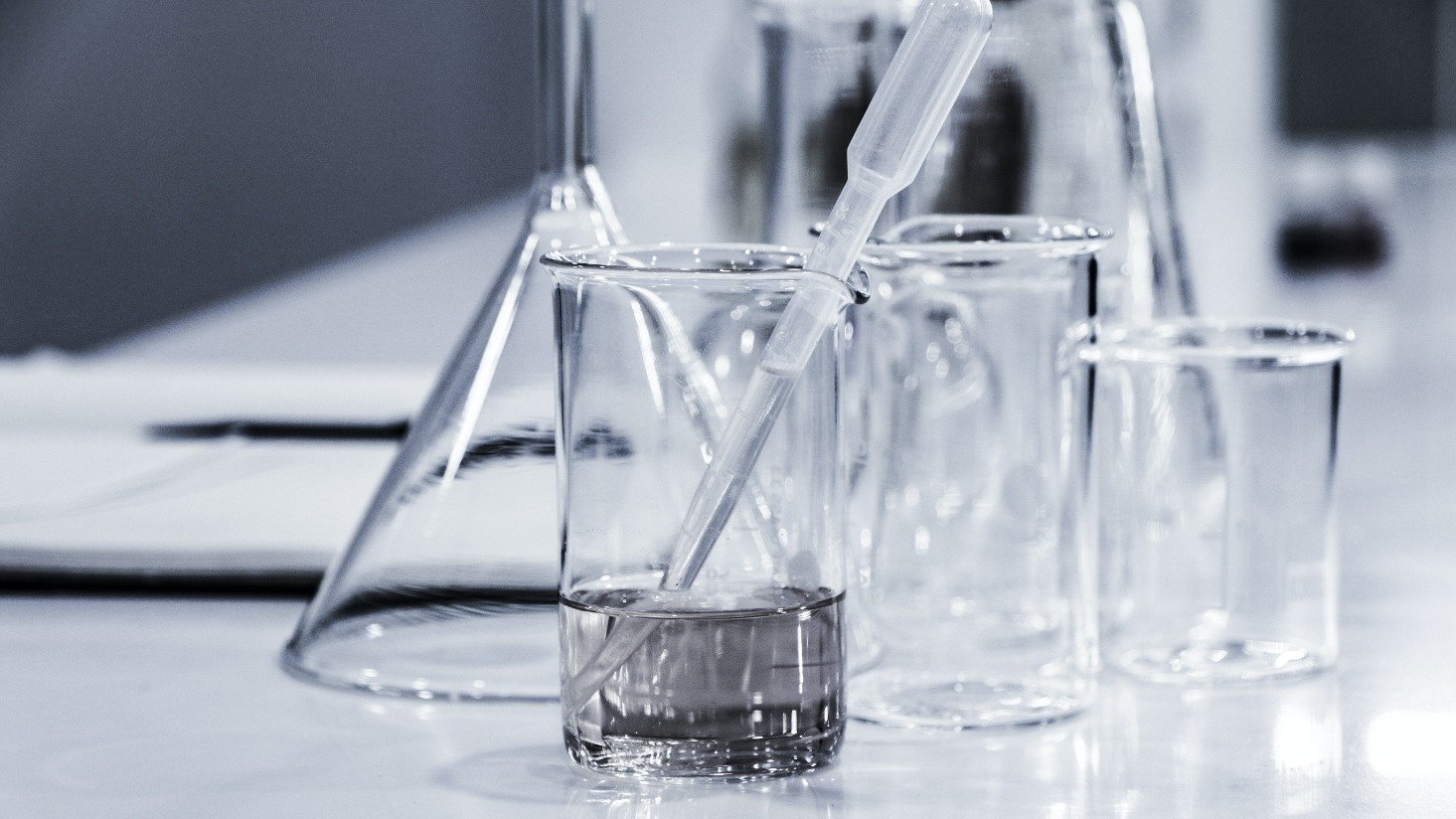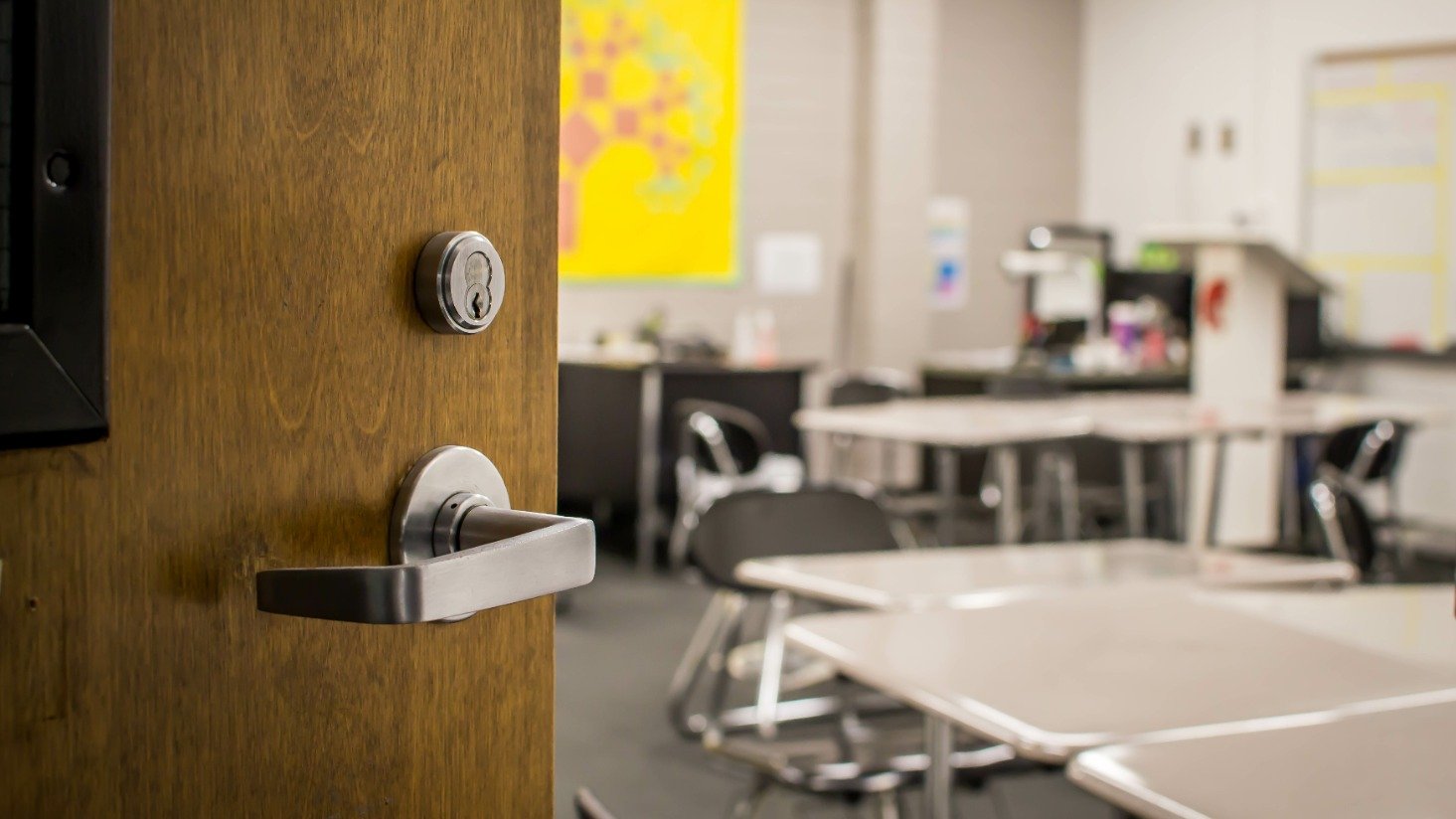Best practices for proper cleaning
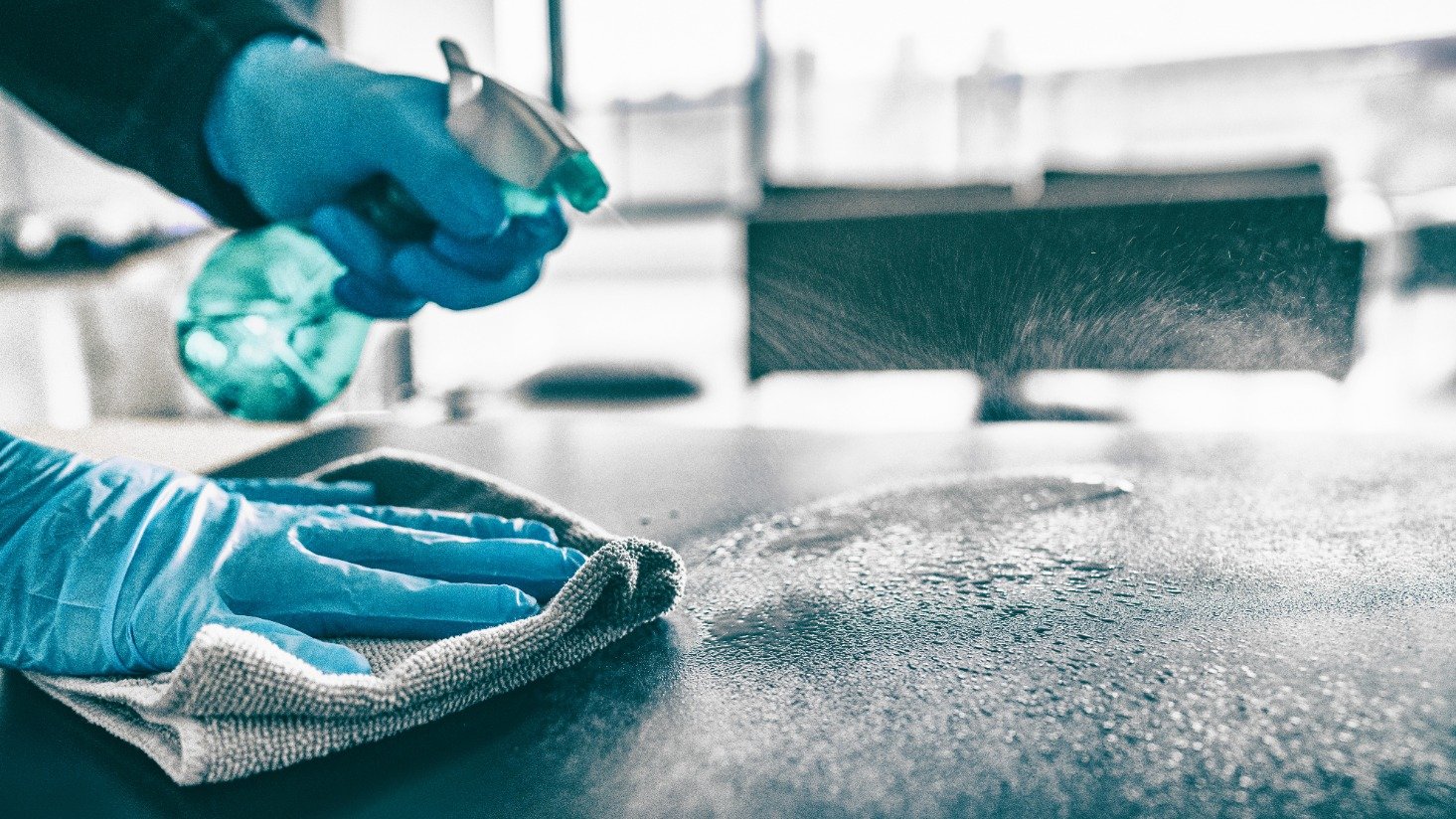
Surfaces in your facility should be as clean as possible, with the lowest amount of pathogens possible.
Unfortunately, in most cases, a quick clean and wipe on a surface does not result in a sufficient clean.
We tested the effectiveness of different cleaning tools and methods to see if best cleaning practices made a difference.
First, let's explain some of the best practices for cleaning.
Best practices for cleaning
To ensure proper cleaning, follow these four steps:
1. Wet the surface with enough cleaner
Using enough cleaner on the surface allows the cleaner to work properly, which can remove more biofilm and kill or inactivate more pathogens.
The surface should be fully covered with cleaner so it can work effectively.
2. Follow dwell time requirements
Dwell time is the amount of time a product "stands" on the surface. Leaving a product on a surface for a certain amount of time allows is to get rid of more pathogens.
Products should have dwell time information (if required) on the label or on the safety data sheet. Some products may require a higher dwell time than others.
3. Use thorough wipe patterns
Thorough wipe patterns are key to breaking up biofilm on a surface. Biofilm is a slimy, glue-like film of bacteria and other pathogens that sticks to a surface. It can harbor pathogens and can be resistant to certain cleaning methods. To get rid of biofilm, agitate the surface.
4. Use effective tools
Using the right tools makes a big difference. In many cases, a paper towel is not sufficient. We recommend using microfiber cloths because they are more absorbent, last longer, and remove more soil and biofilm from surfaces. Plus, they are a sustainable option.
Why you should follow cleaning best practices
We wanted to see for ourselves if following cleaning best practices really made a difference. We set up a test in a school classroom.
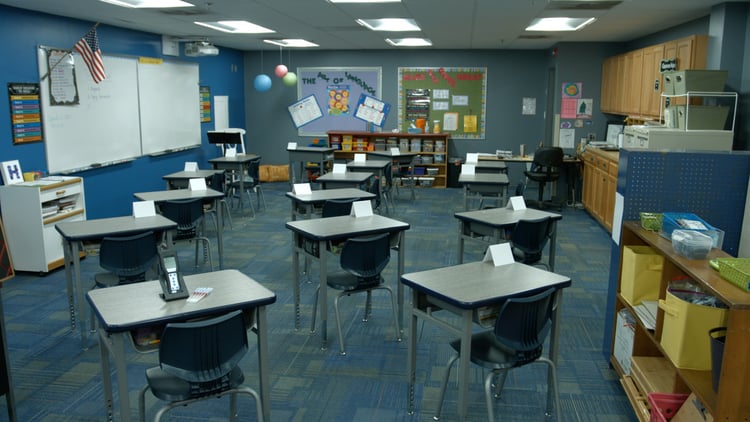 Students used the desks all day before we started our test. We set up four different desks with the following cleaning methods:
Students used the desks all day before we started our test. We set up four different desks with the following cleaning methods:
- Following proper guidelines for disinfecting wipes
- Quickly using disinfecting wipes
- Following proper guidelines for the current school cleaner
- Quickly spraying and wiping the current school cleaner
| Product | Dwell Time | Process Followed |
| Disinfecting Wipes | 1 Minute | Surface wiped with two wipes to sufficiently wet surface; wiped dry with microfiber cloth |
| Disinfecting Wipes | None | Surface wiped quickly with a single wipe |
| Current School Cleaner | 1 Minute | Surface sprayed; left wet for 1 minute; wiped with microfiber cloth in a methodical pattern to avoid dragging the towel back over a previously wiped section |
| Current School Cleaner | None | Surface quickly sprayed; wiped dry with paper towel in random pattern |
Before we started our cleaning, we took initial ATP readings of the desks. ATP tests measure the amount of adenosine triphosphate on a surface. This number correlates to the amount of soil and biofilm on a surface. For the ATP testing equipment we used, a score below 30 is typically regarded as clean for many industries. A score below 10 is safe for food prep surfaces.
Next we tried our four different cleaning methods on the desks. We followed that with a second ATP test.
Here's a chart showing our results:
| Product | Method | Pre-Cleaning ATP Reading | Post-Cleaning ATP Reading | Percent Reduction |
| Disinfecting Wipes | Two wipes, dwell time followed, thorough wiping | 584 | 62 | 89.4% |
| Disinfecting Wipes | Single wipe, no dwell time, quick wiping | 604 | 151 | 75.0% |
| Current School Cleaner | Even spray, dwell time followed, thoroughly wiped with microfiber cloth | 548 | 25 | 95.4% |
| Current School Cleaner | Quick spray, no dwell time, quickly wiped with paper towel | 559 | 329 | 41.1% |
The results show that the cleaning method you use makes a big difference in the amount of soil and biofilm removed from a surface.
Biofilm can be invisible to the eye, so even though a desk may "look" clean, the surface can still be dirty. Both the quick wipe of a desk with the disinfectant wipe and the quick spray and wipe with the school cleaner resulted in a significantly smaller percent reduction than when proper methods were used.
Products for a safe, effective clean
We also learned from our test results that not all cleaning products give you the same results. Some cleaning products are safer and easier to use than others.
For an in-depth look at our process and our results, watch this video:
Based on our results, we recommend the two cleaning products below for a safe and effective clean. Both of these products contain properties that continue to work after the surface has been cleaned.
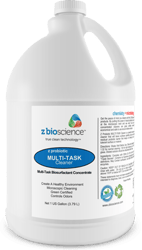 |
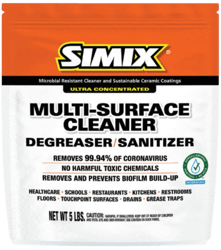 |
| Dilutes to $0.73 per gallon | Dilutes to $0.37 per gallon |
| No dwell time | 1 minute dwell time |
| Multi-Task Cleaner by Z BioScience Shop now Watch our video |
SIMIX Multi-Purpose Cleaner Shop now Watch our video |
SIMIX replaces dozens of other cleaning products. It comes in a powder form and can be diluted at different rates to work as a cleaner, degreaser, and sanitizer. SIMIX has a one minute dwell time, so it should stand on a surface for one minute before it's wiped off. Natural and artificial light interact with ingredients in the cleaner to continue working on the surface.
Multi-Task Probiotic Cleaner by Z BioScience removes soil and leaves a layer of good bacteria to continue working on the surface. It's eco-friendly and contains EPA listed ingredients and GRAS (generally regarded as safe) probiotics. This cleaner has no dwell time, so you can spray it on a surface and wipe it off immediately.
Both products can significantly reduce the amount of pathogens and biofilm on a surface when used correctly.
For a complete clean, it's important to target surface and air disinfection. We explain three ways to kill pathogens in the air in this article.
Our team of experts can walk you through the process of keeping your facility as clean as possible. Contact us for a free consultation.
